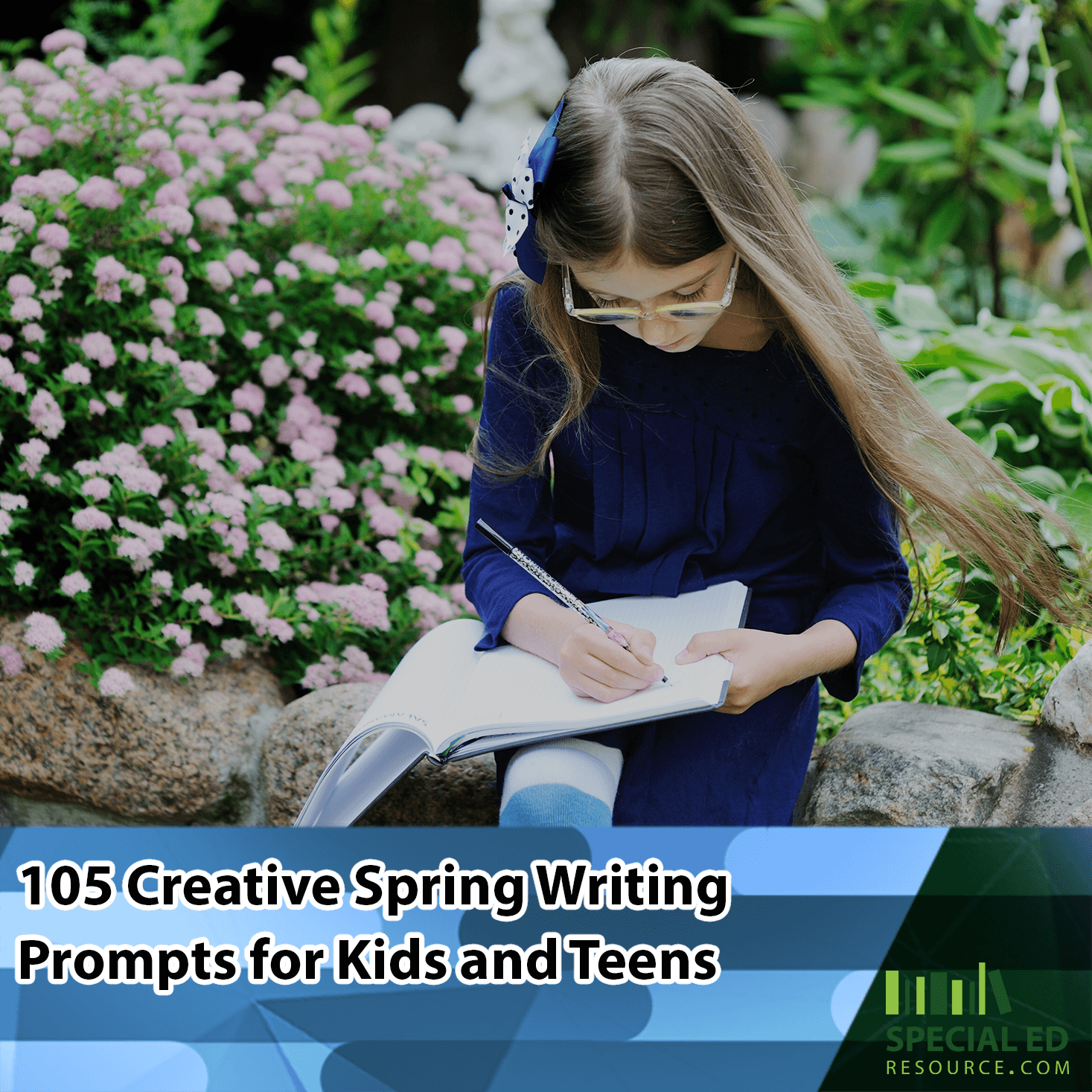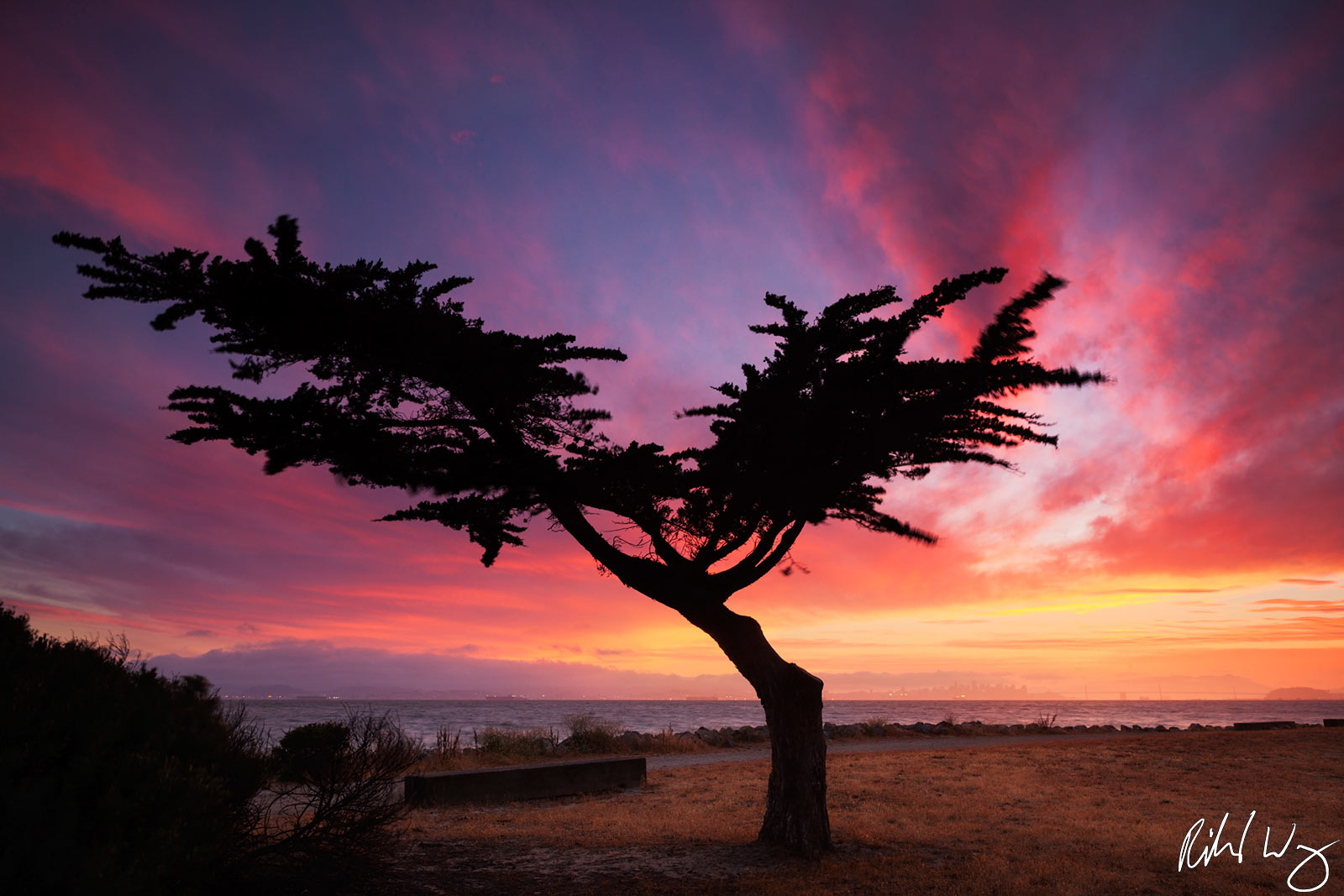Creative Writing Inspired by Nature: How the Natural Environment Can Stimulate Imagination

The Power of Nature in Fueling Creativity
Throughout history, the natural world has served as a wellspring of inspiration for artists, thinkers, and writers alike. Engaging with nature not only provides relaxation and solitude but also fosters a unique environment that allows for the flourishing of ideas. As many writers attest, some of their most significant breakthroughs occur during moments spent outdoors. Surrounded by the intricate tapestry of the natural world, they uncover fresh insights and creative visions that might remain hidden amidst the hustle and bustle of urban life.
Let’s delve deeper into the various elements of nature that can act as triggers for creative writing:
- Vibrant Landscapes: Nature’s diverse landscapes offer an array of inspiration. The sight of majestic mountains, expansive oceans, or tranquil forests can evoke powerful imagery and metaphor. For instance, a writer standing atop a mountain may find clarity as they gaze over valleys below, prompting reflections on overcoming personal obstacles. The lush greens of a forest may inspire characters whose lives are interwoven with the cycles of the natural world, leading to plots rich in allegory.
- Sounds of Nature: The ambient sounds found in nature create a unique soundtrack that can enhance one’s creative process. The gentle whisper of wind through trees, the melodious songs of birds, or even the rhythmic flow of nearby streams can incite poetic sentiments. These sounds can influence mood and tone in writing, inviting a deep connection between the setting and the narrative’s emotional landscape. For instance, a writer might incorporate the calming sound of rain to accompany a character’s moment of introspection.
- Seasonal Changes: Each season brings its own palette of colors and emotional resonance that can profoundly impact storytelling. The vibrant blooms of spring represent rebirth and hope, while the stark beauty of winter may evoke themes of solitude or introspection. Think about how a story could shift dramatically from a warm, sun-drenched summer adventure to the chilling challenges of a wintry landscape, paralleling character development and plot twists.
Furthermore, immersing oneself in nature generates a myriad of sensory experiences. The smell of freshly cut grass, the sight of a sprawling sunset, and the touch of cool earth all combine to stimulate the senses, enhancing creativity and sparking new ideas. A growing body of research backs this notion; studies have shown that exposure to nature can lead to increased cognitive function and reduced stress, further enabling writers to tap into their creative potential.
As we continue to explore the compelling relationship between nature and the writing process, we invite you to consider how specific elements of the natural environment can deepen your creative expression. By discovering the ways in which nature serves as an accessible muse, you may find new avenues to explore in your writing journey. Whether you’re an experienced writer or a novice looking for inspiration, the natural world awaits—ready to help you unlock your full imaginative potential.
DISCOVER MORE: Click here to find out how music lessons can benefit your child

Nature as a Catalyst for Imagination
The connection between nature and creativity is not merely anecdotal; it is supported by a growing repository of scientific research and lived experiences. Writers who venture into the great outdoors often find that the raw beauty of the landscape can awaken dormant ideas and inspire clarity in their storytelling. To harness this potential, it is essential to recognize the specific aspects of nature that can spark the imagination and transform a simple observation into a vibrant narrative.
One of the most profound influences of the natural environment is the palette of colors it provides. The visual feast of hues found in a sunrise can incite feelings of hope and renewal, while the muted tones of a foggy day might convey mystery or melancholy. The changing seasons further accentuate these colors, acting as a backdrop that powerfully shapes a writer’s mood and the emotional depth of their work. Consider the golden yellows and fiery reds of autumn leaves; they not only provide stunning imagery but can also symbolize change, decay, and beauty in transience.
Incorporating Nature into Character Development
Moreover, nature can serve as an essential component in character development. The way a character interacts with their environment can reveal deeper truths about their personality or emotional state. For instance, a character who finds solace in the embrace of a dense forest may be portrayed as introspective and seeking escape from the chaos of modern life. In contrast, a character thriving in the vibrant energy of a bustling beach might embody sociability and adventure. These connections create opportunities for richer narratives that resonate with readers on a visceral level.
- Symbolism: Elements of nature can symbolize broader themes within a story. A withered tree, for instance, might reflect abandonment, while a blooming flower could embody hope and renewal.
- Conflict: The natural environment can also become a source of conflict, providing both physical and metaphorical challenges for characters to overcome. Storms, droughts, or even the changing seasons can serve as formidable obstacles that mirror internal struggles.
- Character Growth: Characters often undergo significant transformation as they confront and interact with their natural surroundings, which can facilitate a profound narrative arc.
The act of writing itself is often enhanced by spending time in nature. Stepping away from the distractions of technology and immersing oneself in the sights and sounds of the great outdoors can lead to a noticeable increase in focus and creativity. This practice, sometimes referred to as “nature writing,” encourages writers to observe and reflect, allowing their ideas to flow more freely. Research indicates that spending time in natural settings can improve both mental clarity and emotional well-being, making it easier for writers to express themselves and engage with their craft.
In conclusion, the intertwining of creative writing and nature is a powerful relationship strengthened by sensory experiences, symbolism, and character development. For those looking to tap into their imaginative potential, the natural environment offers a rich resource full of inspiration and insight; it invites exploration and can lead to meaningful storytelling. As we continue to navigate the transformative powers of nature, let us delve deeper into specific practices that can further enhance our writing endeavors amidst the beauty of the natural world.
| Advantage | Description |
|---|---|
| Enhanced Creativity | Exposure to natural settings boosts imagination and original thinking, leading to innovative ideas. |
| Stress Relief | Nature serves as a therapeutic environment, reducing anxiety levels which fosters a clearer mind for writers. |
| Inspiration from Biodiversity | Observing the vast diversity in nature stimulates storytelling, enriching narratives with unique character and setting ideas. |
| Mindfulness and Observation | Engagement with nature encourages mindfulness, allowing deeper observation of surroundings that can translate into vivid writing. |
The impact of nature on creative writing is profound; it goes beyond mere inspiration. The benefits of aligning oneself with the natural world can lead to a transformative experience for writers. As individuals immerse themselves in landscapes where they can freely interact with elements of nature, the untamed beauty often ignites an inner spark of creativity. Exploring woodland trails, sitting beside calm lakes, or listening to the rustle of leaves above can evoke emotions and images that enrich storytelling. This dynamic becomes essential for writers looking to breathe life into their narratives, as they draw from wellspring experiences available in the natural world. Writers can further explore this connective thread between nature and creativity to deepen their craft, ultimately prompting a vast spectrum of imaginative narratives.
DIVE DEEPER: Click here to discover the artistry of molecular gastronomy
The Role of Sound and Texture in Creative Inspiration
Beyond visual elements, the sounds and textures of nature provide profound sources of inspiration for writers. The rustling of leaves in a gentle breeze can evoke feelings of serenity and contemplation, while the crash of ocean waves may call forth themes of chaos and instability. These auditory experiences can inform not only the mood of the piece but also offer a backdrop against which characters can react and evolve.
For example, consider a character standing on a quiet mountaintop, absorbing the symphony of nature—the distant bird calls, the whisper of the wind through the trees, perhaps the soft trickle of a nearby stream. Such sounds might inspire reflections on isolation or the vastness of one’s thoughts. Writers can craft scenes where sound plays a pivotal role, leading readers into an immersive experience that enhances emotional engagement with the narrative. Incorporating descriptors like “the crescendo of autumn leaves underfoot” or “the haunting echo of a loon at twilight” can transport readers directly into the heart of the natural setting.
Creating Authentic Dialogue through Nature
Furthermore, the interaction between characters and the natural world can be expertly woven into dialogue. What emerges during a quiet camping trip around the fire, or amidst the chaos of a thunderstorm, can reflect the changing dynamics between characters and add authenticity to their exchanges. Dialogues infused with elements of nature can articulate complex emotions much more effectively than dialogue lacking such rich texture. For instance, a simple statement like, “Can you hear the rain tapping on the roof? It almost sounds like the earth is speaking,” can reveal a character’s sensitivity to the world around them, establishing deeper connections with both the narrative and the audience.
Moreover, many successful writers have established personal rituals to enhance their creativity in conjunction with nature. Virginia Woolf often sought the coast to spark her writing, while Henry David Thoreau famously immersed himself in the woods at Walden Pond. Both understood the profound shift in perspective that nature instills, acting as a muse that not only stimulates imagination but also invites introspection. This intertwining of personal experiences with nature allows writers to enrich their narratives, fostering a deeper relatability with their readers.
- Experiential Writing: Active participation in outdoor activities—such as hiking or birdwatching—can lead to sensory experiences that greatly enhance descriptive writing. The unique sensations of different terrains, the feel of soil between one’s fingers, or the sight of a hawk soaring overhead offer kaleidoscopic moments that can lead to imaginative breakthroughs.
- Journaling in Nature: Keeping a nature journal can be a transformative practice. Writers may jot down observations, thoughts, and feelings while immersed in nature. This method serves not simply as a repository for ideas but as a fertile ground for developing narrative arcs and characters.
- Environmental Reflections: Engaging with local ecosystems can prompt writers to explore environmental themes, intertwining their stories with broader social issues like climate change or conservation, thus resonating with contemporary audiences.
The symbiotic relationship between nature and the creative process shines clearly through these various adaptations. As writers delve deeper into their surroundings, they draw upon the multilayered influences that nature provides—textures, sounds, dialogues, and experiences—that inspire a fertile ground for imaginative storytelling.
DISCOVER MORE: Click here to dive deeper into landscape photography
Conclusion
In summary, the interplay between nature and creative writing serves as a wellspring of inspiration, fueling the imagination of writers in remarkable ways. By tapping into the visual, auditory, and textural elements of the natural world, authors can cultivate immersive experiences that resonate deeply with their readers. From the quiet rustling of leaves to the vibrant colors of a sunset, each sensation becomes a brushstroke on the canvas of storytelling, allowing characters and narratives to thrive in rich, evocative settings.
The ability to interweave dialogue influenced by nature not only lends authenticity to characters but also creates a deeper connection between the emotional beats of the story and the backdrop against which they unfold. By practicing engaging techniques like journaling in nature and participating in experiential activities, writers can ground their art in authentic sensory experiences, ultimately enriching their work.
Furthermore, as writers address environmental themes and reflect on their personal interactions with the natural world, they stand to not only entertain but also enlighten. This dual role can inspire action and raise awareness for pressing ecological issues among their audience. Thus, creative writing inspired by nature is not just a tool for self-expression; it is an opportunity to engage with larger narratives, making art that resonates in an interconnected world.
As writers continue to explore these connections, they remind us that the natural environment is a constant source of wonder—inviting us to listen, observe, and reflect, ultimately igniting a transformative power in our storytelling.


